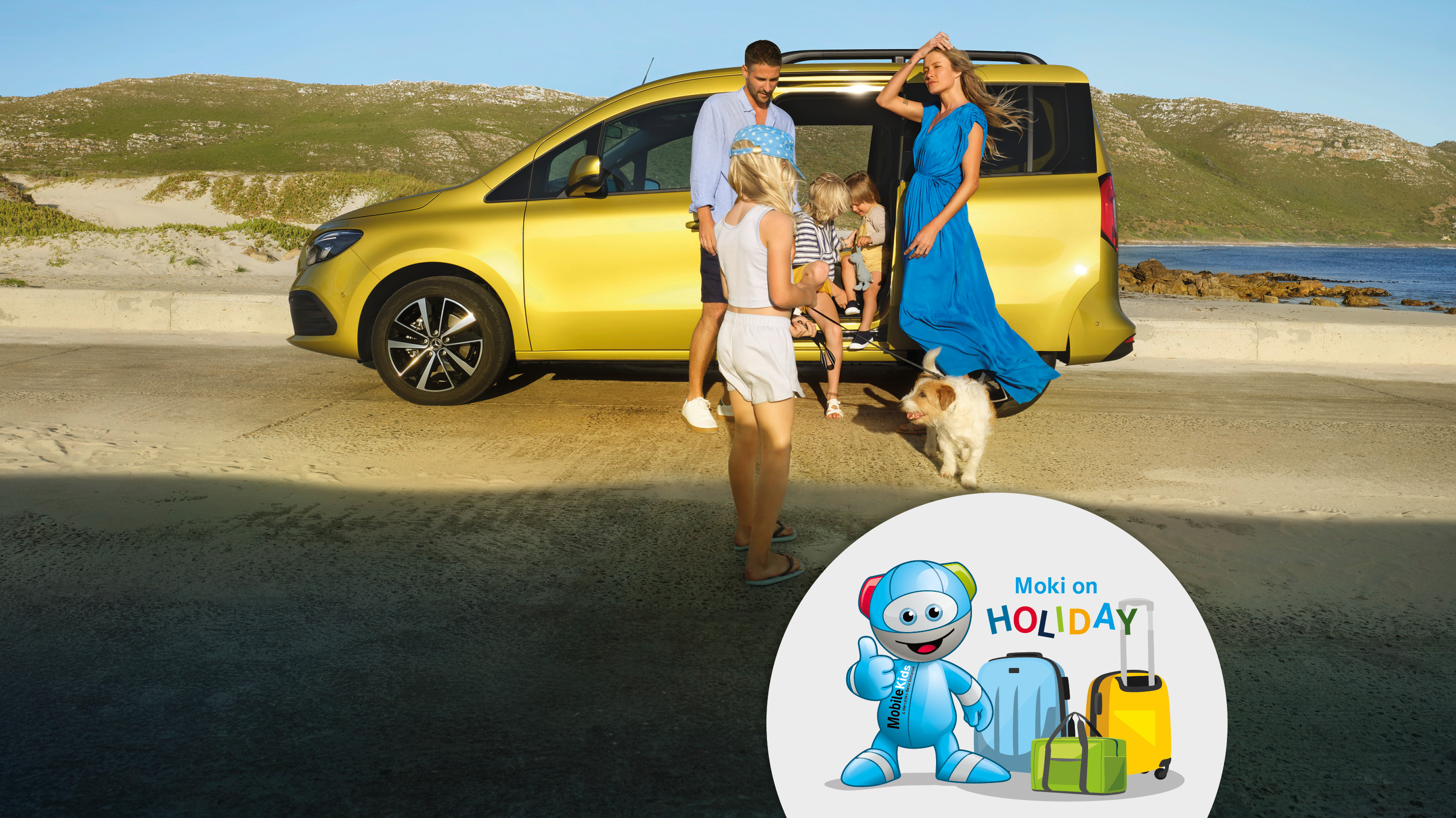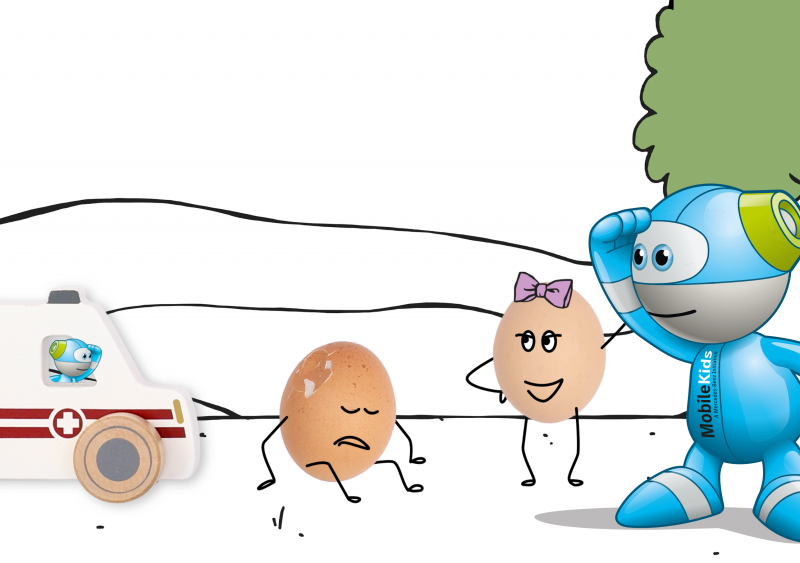Finally the time has come – the long-awaited summer holiday is just around the corner! The suitcases are packed, the car is loaded (more in part 1) and the family is looking forward with excitement to the adventure ahead. But as soon as you're on the road, the familiar question comes from the back seat: "Are we there yet?". A question that grates on the nerves of many parents during the journey to the holiday destination. But it doesn't have to come to that: travelling with children can also be fun – as long as they are well rested and in a good mood, they don't get bored, heat and traffic jams don't take their toll on them and sitting still doesn't become a test of patience. MobileKids provides valuable tips on how to make the holiday trip as stress-free as possible.
Good preparation is the be-all and end-all
Longer car journeys require careful preparation. It's very important for both adults and children to wear comfortable clothing. Light and perspiration-absorbing fabrics provide comfort, while tight-fitting clothing should be avoided. When it comes to travel provisions, which should not be skimped on, it is advisable to pack light and non-crumbly food such as apple slices or muesli bars. Excessive sugar consumption should be avoided, as this makes children unnecessarily excitable. Water and iced tea in resealable bottles are good thirst quenchers, while carbonated or hot drinks are better left at home. A sick bag can be helpful if the excitement of travel causes stomach problems.
To keep the ride comfortable and safe for the children, it is important to protect them from the sun. Parents should therefore be sure to apply sunscreen with a high sun protection factor to their children's sensitive skin. Consideration should also be given to fitting a sunshade to the vehicle's windows to reduce direct sunlight. In addition to these measures, toys are a good way to keep the youngest passengers happy. Board games that can be played on the back seat without a lot of accessories are also suitable. Audiobooks also provide a pleasant distraction during the exhausting car journey.

Children always like little games to pass the time. In particular, fantasy games that do not require any accessories are a good way to encourage children's imaginations. Games that involve looking outside are particularly suitable for preventing nausea when travelling by car. MobileKids has put together some age-appropriate options:
Kindergarten children:
- Discovery expedition: who will be the first to spot a blue turn-off sign, a yellow car, a speed camera or an animal on the side of the road?
- Mysterious acquaintances: parents describe a person or character that the children know and let them guess who it is.
- Word chain magic: one person chooses a compound noun, then the next person has to make the second part of the word the first part of a new compound noun. Examples include: Front door – Doorbell – Bell tower – and so on.
Schoolchildren:
- Colour counter champion: each player is assigned a colour. Now it's about who counts the most cars of their colour in ten minutes.
- Number crunchers: who can find the most numbers with all digits identical, who can form a word from the letters of the car number plates the fastest and who knows where the other cars come from? Or maybe think of a country that begins with the first letter on a car's number plate (S for Spain, for example).
Fantasy stories:
- Parents provide their children with a framework for a story and let their imagination run wild. A simple sentence such as "Once upon a time there was a little girl who was walking alone in the forest when suddenly ..." is already enough to start an adventure story.
Source: ADAC
For driving safety while travelling with children, it is important to keep an eye on them at all times without being too distracted by what is happening on the road. It is particularly practical if two adults are travelling in the car. This allows one person to move to the back seat during the journey and take over childcare there without having to contort themselves uncomfortably. Alternatively, it is advisable to fit a second interior mirror to keep an eye on the children's behaviour. In addition, the driver should not forget that they are also being watched by the children. By driving with foresight, being considerate and being friendly with other road users, it is possible to be a good role model and to educate one's own children to become responsible road users.
Breaks are good for both the driver and the passengers
When travelling with children, it is advisable to limit the daily mileage. All children are different and, depending on their age, you can expect them to be able to cope with various distances, but a guideline would be around 300 miles. In addition, it is advisable to take regular breaks to ensure road safety on longer car journeys. Children should be taken out of child seats for a short time about every one and a half hours or so, as sitting all the time counteracts their natural urge to move. A good way to avoid tiresome searches for suitable rest stops with children's play areas is to schedule the breaks in advance when planning the time and route.
With careful preparation, entertainment options for the children and regular breaks, the car journey becomes a stress-free experience. By taking the needs of younger passengers into account, it is possible to create a relaxed atmosphere. This way, everyone involved can enjoy the journey to the holiday destination and create precious memories with the whole family.



